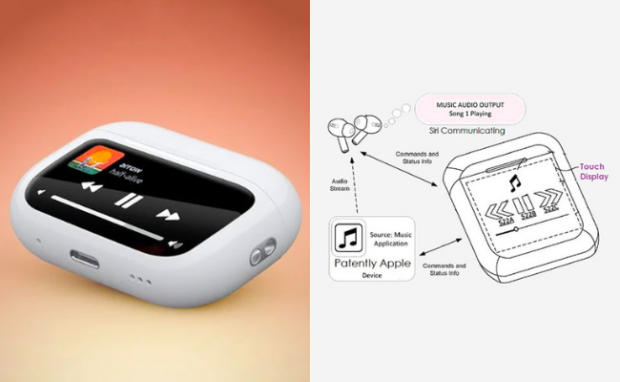The Next Big Thing in Touchscreen Technology: OLED Tactile Buttons
As we rely more heavily on our smartphones, tablets, and other devices, we need more intuitive and efficient ways to interact with them. Touchscreens have been the world’s favorite interface for years but sometimes feel lacking. Specifically, they do not provide the tactile feedback some people want from physical buttons.
Fortunately, the Future Interfaces Group from Carnegie Mellon University is developing a new OLED screen technology. It inflates specific areas of a screen to create tactile buttons that provide the feel and functionality of physical buttons. As a result, it could revolutionize how we control devices, enabling us to navigate interfaces without looking at screens constantly.
This article will discuss this new screen technology and how it can shift the touchscreen landscape. From gaming to accessibility, we’ll explore the potential benefits of this technology and what it could mean for the future of smart devices.
How does the tactile OLED screen work?
Researchers from Carnegie Mellon University’s FIG have created Flat Panel Haptics. As mentioned, it inflates specific parts of a touchscreen to provide physical buttons.
It uses electroosmotic pumps (EEOPs) to move liquids via electrical fields. Moreover, it pairs with a thin liquid reservoir and a flexible surface structure under the screen.
These technologies create 5mm pop-up buttons almost instantaneously. They have enough pressure and rigidity to make them feel solid when pressed. It may seem that an OLED panel wouldn’t budge despite this gizmo.
Yet, the FIG team discovered how to layer it on the embedded electroosmotic pumps to form physical buttons. The current version has limitations that hinder widespread adoption.
For example, it only creates predetermined shapes and sizes, making integrating them with most apps difficult. Note that the project is under development. Eventually, the Future Interfaces Group may discover a way to make the buttons as small as pixels.
The device may inflate specific parts of the screen depending on the app. As a result, it can change how we work and play on touchscreen devices. Nowadays, people can perform office work by attaching their tablets to physical keyboards.
You may also like: What Are Keyboard Switches?
Applying this tactile touchscreen tech may remove the need for an external keyboard. Meanwhile, mobile gaming could become more convenient with tactile touchscreen buttons.
One problem with mobile games is your thumb may slip to other buttons after extended play. If you can feel the buttons, your thumb instinctively positions itself on the device. As a result, you can control games more effectively.
Other tactile technologies in development

Photo Credit: techeblog.com
Other companies have been improving touchscreen technology for their devices. For example, Apple submitted a patent about an upcoming interactive AirPods case.
The illustrations indicate it would place a touchscreen on the earphone carrier and charger. More importantly, it will enable access to volume control and other apps.
For example, you may lower the volume using the case while commuting. Also, it will let you open apps like Weather and Maps to adjust your trip to real-time conditions.
You may also like: AI Glasses For The Speech-Impaired
The case may enable users to switch between apps using Siri commands. In other words, you may control the device by speaking voice commands.
The patent also showed images that suggest the gadget may transfer songs from AirPods to a HomePod using the Handoff app. Apple filed the patent on September 19, 2022, but that does not guarantee it would realize the concept.
Besides the OLED screen tech from Carnegie, the University of Washington and the University of California developed artificial skin for robots. As a result, it may provide robots with human-like sensitivity when gripping and manipulating objects.
Conclusion
In conclusion, this OLED screen technology has the potential to revolutionize the way we interact with touchscreen devices. The addition of tactile buttons could significantly improve user experience by making typing and gaming more natural and intuitive.
With the rapid pace of technological advancements, we may not need to wait long to see it on our favorite devices. Perhaps it would develop as quickly as ChatGPT by entering the mainstream in months!
As we eagerly await these exciting developments, stay up-to-date with the latest digital tips and trends by following Inquirer Tech. Who knows what other innovations may be just around the corner?